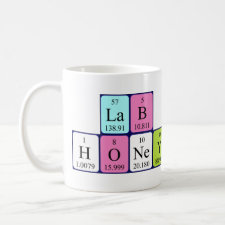
Authors: Mehamod FS, Othman NA, Bulat KHK, Suah FBM
Article Title: Pyrogallol-imprinted polymers with methyl methacrylate via precipitation polymerization.
Publication date: 2018
Journal: AIP Conference Proceedings
Volume: 1972
Issue: (1)
Page numbers: ArticleNo020003.
DOI: 10.1063/1.5041221
Alternative URL: https://aip.scitation.org/doi/abs/10.1063/1.5041221
Abstract: Molecular simulation techniques are important to study the understanding of chemical and physical properties of any material. Computational modeling is considered as time reducer in finding the best recipes for Molecularly-Imprinted Polymers (MIPs). In this study, Pyrogallol-imprinted polymers (PIP) and non-imprinted polymers (NIPs) were synthesized via precipitation polymerization using Pyrogallol (Py), methyl methacrylate (MMA), divinylbenzene (DVB) as template, functional monomer and cross-linker, respectively. The recipe was according to the results from computational techniques. The synthesized PIP and NIPs were characterized by Fourier transform infrared spectroscopy (FTIR), scanning electron microscopy (SEM), Brunauer-Emmett-Teller (BET) and UV-visible spectroscopy (UV-vis). Studies on adsorption isotherm showed that PIP and NIPs follow Scatchard isotherm models. Sorption kinetic study found that PIP and NIPs follow pseudo-second order which indicates the rate-limiting step is the surface adsorption. The imprinting factor of PIP was determined by selectivity study and showed the value of k >1, which proved that PIP was selective toward Pyrogallol compared to NIP
Template and target information: pyrogallol, Py



Join the Society for Molecular Imprinting

New items RSS feed
Sign-up for e-mail updates:
Choose between receiving an occasional newsletter or more frequent e-mail alerts.
Click here to go to the sign-up page.
Is your name elemental or peptidic? Enter your name and find out by clicking either of the buttons below!
Other products you may like:
 MIPdatabase
MIPdatabase









